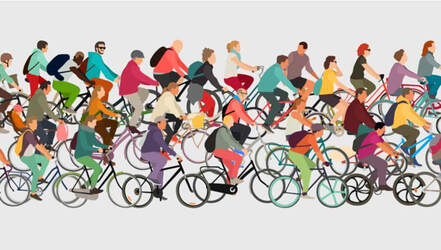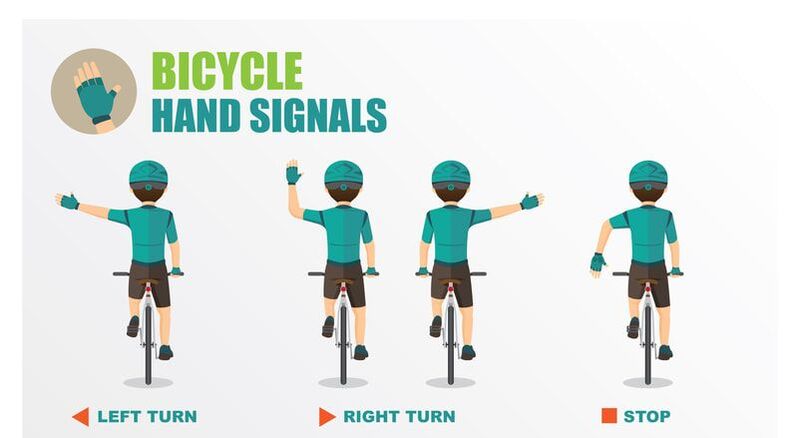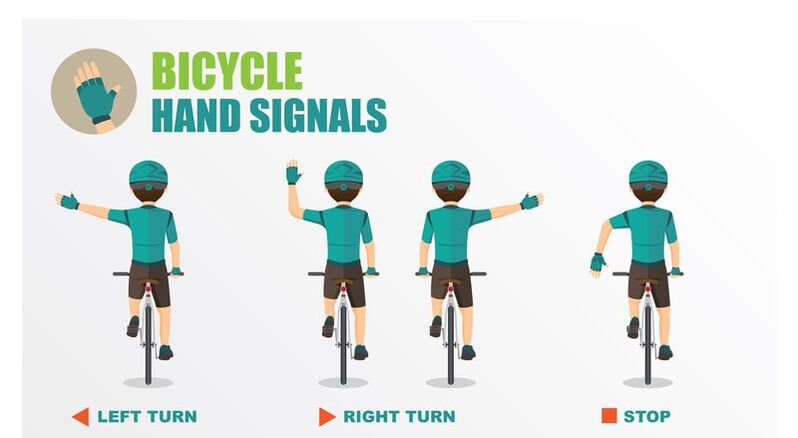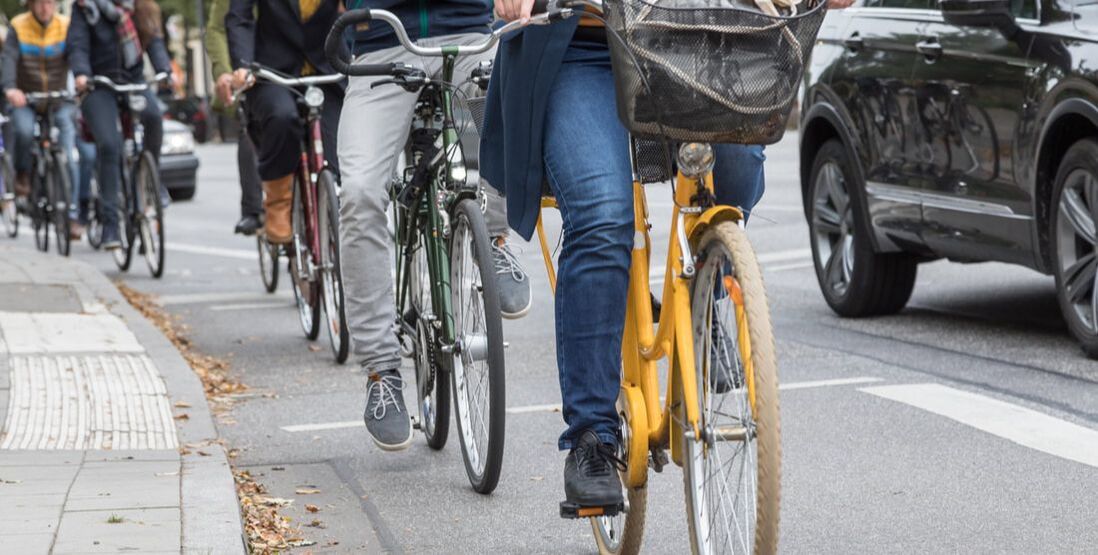 Unless you ride a bicycle built for two or carry a child on a bike, it is one person one bike. But cycling is a social activity and sometimes bikes travel near other bikes. When you and your bike join a group of riders, it is a way to meet new people or spend time with old friends who share your love of cycling, follow a leader and learn about new destinations and routes, and sharpen your cycling skills by modeling the behavior of more experienced cyclists. But riding in a group is different than riding solo so what are some of the dos and don’ts of group riding etiquette? When a bunch of cyclists ride together, they impact each other’s safety. This is why it is important to learn the common-sense best practices and employ them when you ride with others. If you are new to group riding, before rolling out be sure to ask the other riders the specific expectations of that particular group. When the ride starts off pay attention to what others in the group are doing. On a casual or social ride there will be different expectation than on a fast road ride but the basic safety behaviors are universal. Here are five tips to follow on your next group bike ride. 1. Ride Single File– When riding with other cyclists, whether sharing the road with cars or on a trail, you will usually want to ride single file, one behind the other. If on an arterial street or a wide trail and there is no oncoming traffic, it may be possible to ride two abreast and be able to chat with other cyclists while riding, but always be mindful when there is on coming traffic and be prepared to fall back to allow other traffic to pass. 2. Signal Intentions – For a group of cyclists to ride together everyone need to know where they are going. Calling out changes in direction and speeds is a good idea, but with the standard street noise it is not always possible to hear audible alerts. This is where hand signals come in. Starting with the ride leader at the front and then passing down through everyone else in the group, hand signals communicate right turns, left turns, slowing down, and stopping. These hand signals are also useful to other road users, such as cars and pedestrians. Being predicable and signaling your intention is an important safety move. 3. Identify Hazards – Pointing out hazards in the road will alert the other members of the group behind you who may not see them. When you see a pothole, point it out before you go around it so that others can avoid it. If you need to move around a rock, road kill, parked car, standing pedestrian, or other obstacle, indicate with your arm behind your back which direction you are move before you change your line. Sometimes riders get in the habit of calling out every time they see another rider on the trail, another vehicle, or obstacle. This makes a ride noisy and does not promote a calm outdoor experience. This is why it is worth utilizing hand signals as much as possible and only shout a warning if necessary, to get the attention of others about a potentially dangerous situation. 4. Obey Traffic Laws - To be safe on the road, cyclists should obey the same traffic laws that govern drivers of vehicles, that includes stopping at traffic signals, and yielding to pedestrians in crosswalks. When other road users and other cyclists in the group are confident that a cyclist will obey the traffic laws they know what behavior to expect and this results in a ride that is safe for everyone. The safest behavior is to be predictable, anticipate dangers, and obey the rules of the road. 5. Staying Together – Be sure you understand in advance the protocol for the group staying together during the ride. When you start out riding with a group you want to be able to stay with the group. But it is not uncommon for a group to be split when everyone cannot make it through an intersection before a traffic light changes or by differences in riding speed. If you worry about being dropped on a ride make sure you ask the other riders in advance what type of ride it is--is it a no drop ride so that when the ride splits, the forward group will stop and wait for the rear group to catch up or are riders expected to keep up with the pace set by the leader and if they can't they will be left behind.
Some groups will publicize the pace of the ride so you can join only if you know you can keep that pace. Other groups do not establish a pace, but rather expect riders to group up based on ability, so that fast riders will shoot to the front of the pack and the slower riders gather at the back. If you find yourself riding in a group that is too fast for you make sure that you know the area well enough to get back on your own. To stay together it also helps to understand in advance the nature of the ride—it is designed to be a steady ride at a given pace or riders expected to attack or ride hard up or down hills or during other sections of the route. When passing through an intersection and you see the traffic signal changing and you are at the back of a group, try to pick up the pace and pedal through the intersection and not cause the entire group to have to stop and wait for just you to wait for the light to cycle. If you ride an ebike, either hang back or try to integrate with the group and avoid surging ahead on hills or flats. It pays to be polite and not flaunt the advantage that having a motor provides. Comments are closed.
|
Earth Rider Blog about CycingAuthorSharon Kaminecki and others comment on adventures in bicycling and other stories Categories
All
Archives
August 2023
|





